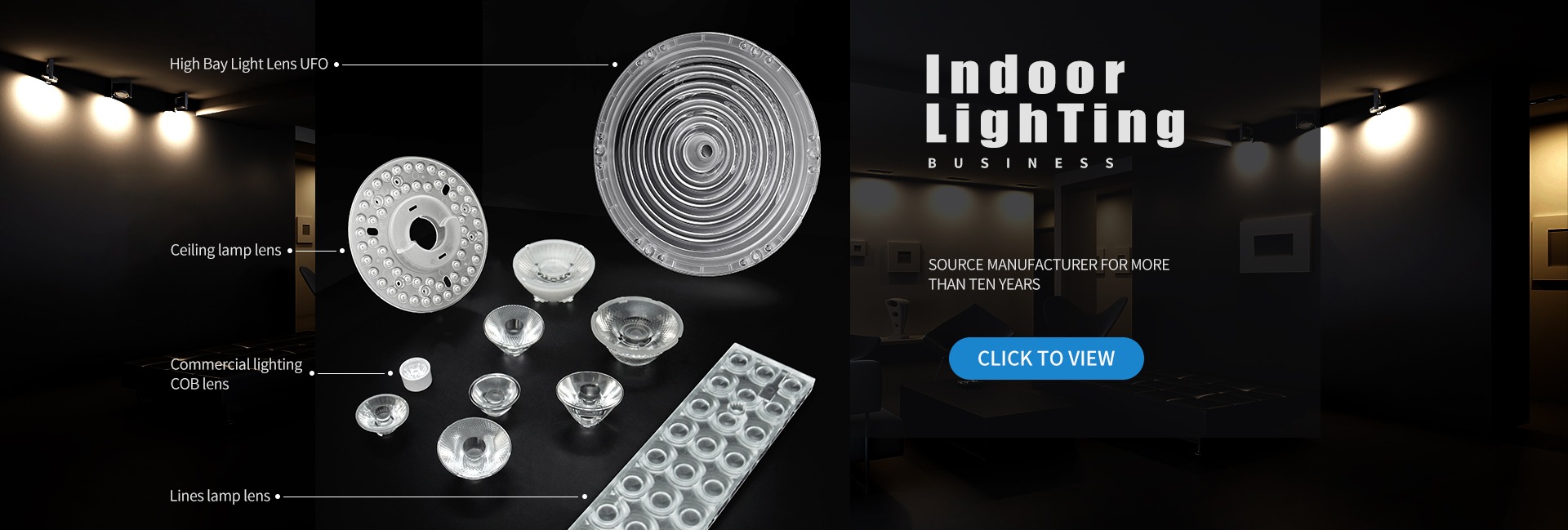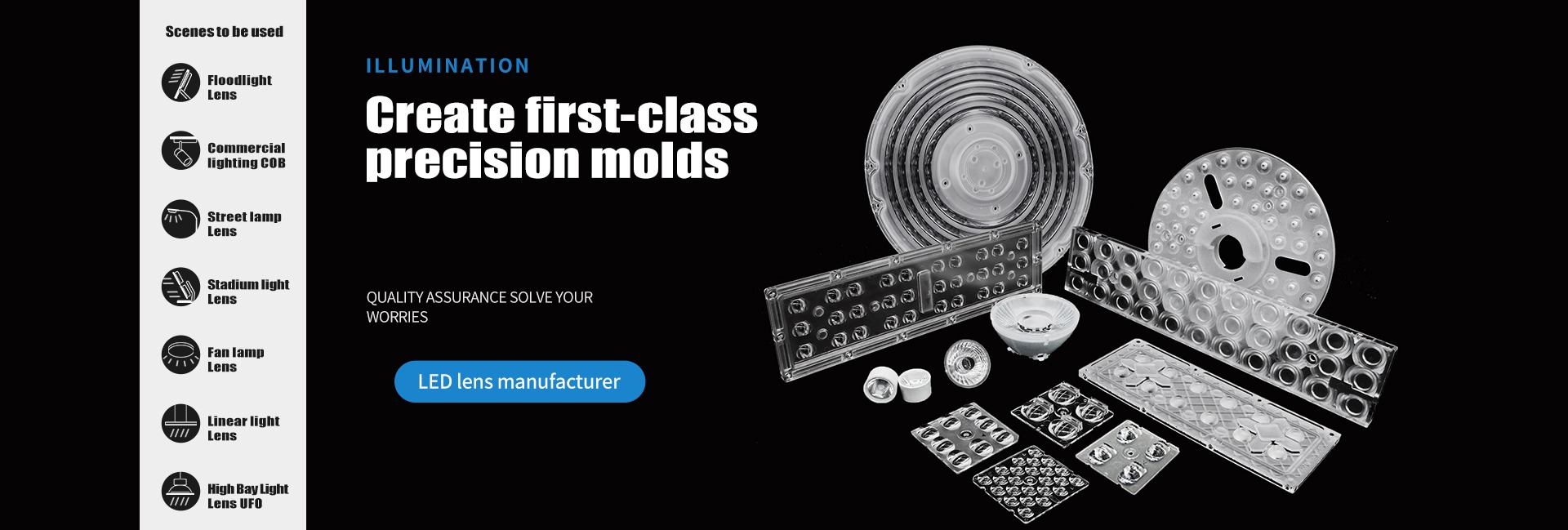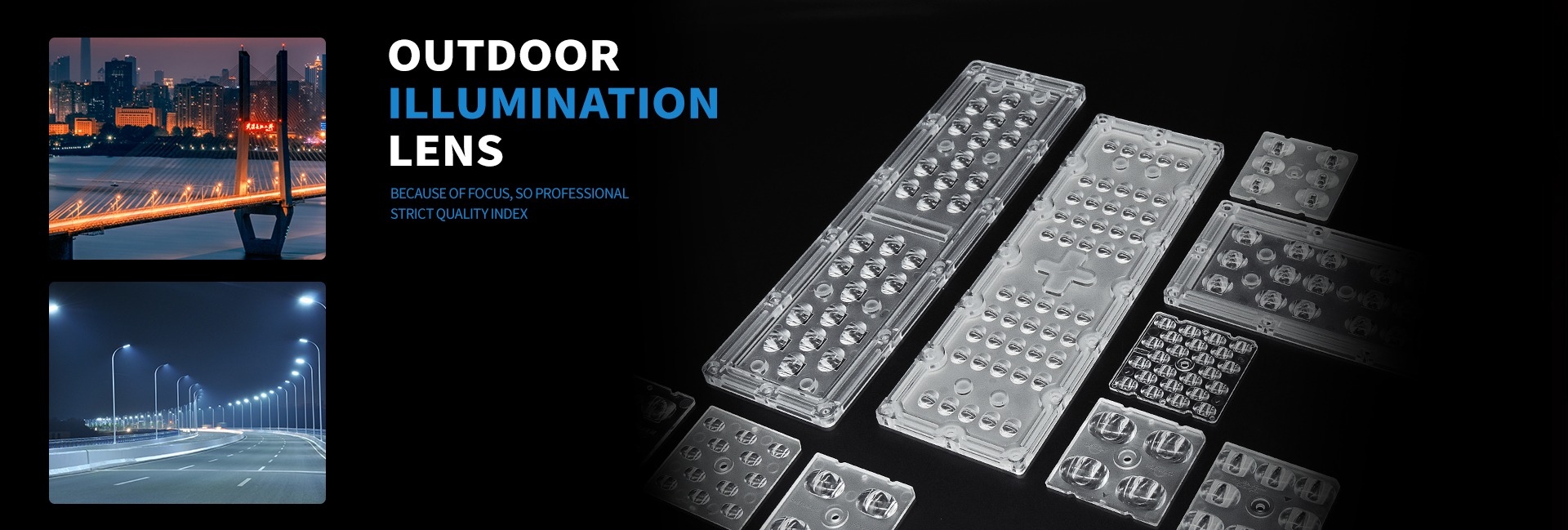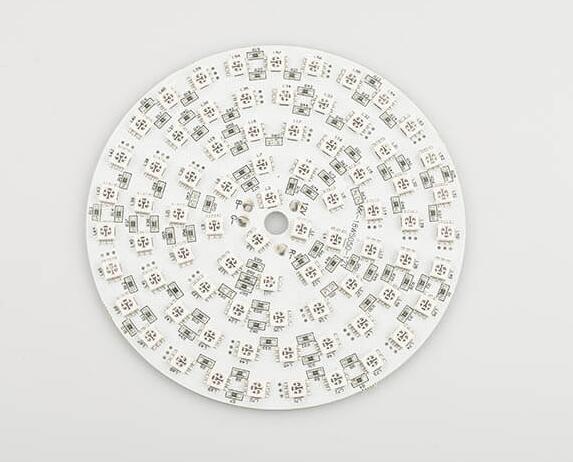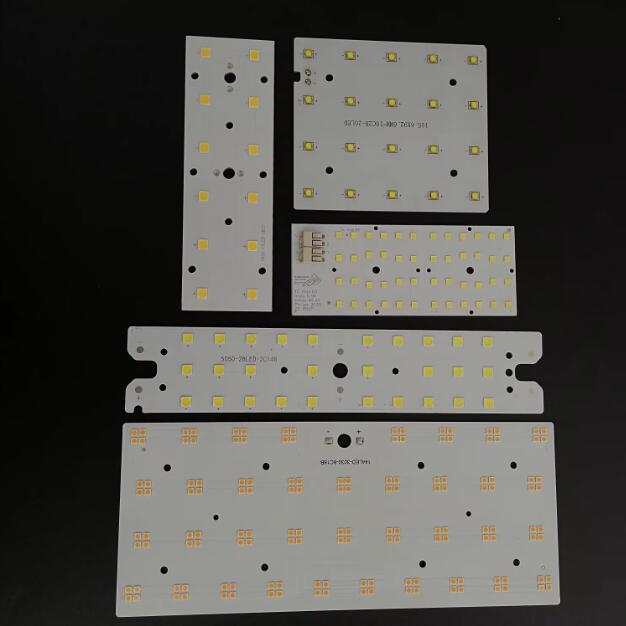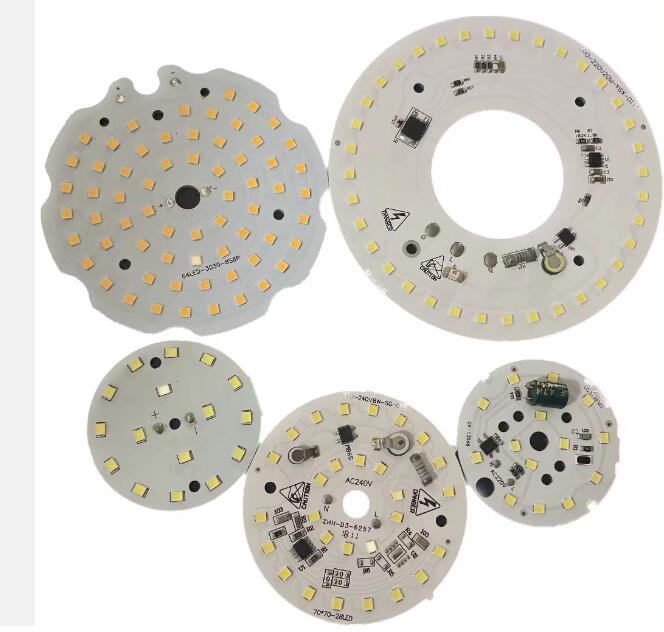Precision Design and Customization
We recognize that each optical application is unique, demanding tailored solutions. Our team of highly skilled optical engineers harnesses cutting-edge design software and state-of-the-art manufacturing technologies to create bespoke optical components. Whether you require components for advanced imaging systems in astronomy, medical devices, or high-end photography equipment, we have the expertise to customize the focal length, curvature, size, and other critical parameters of H-K1, H-K2, H-K51, H-ZK10L, H-LAF50A, LAF3, and H-K9L glass lenses, as well as optical prisms, convex lenses, Fresnel lenses, beam splitters, and filters to your precise specifications. Rigorous quality control and testing procedures are implemented at every stage of production to ensure that each component adheres to the highest standards of optical performance, durability, and reliability.
Unrivaled Product Advantages
Glass Lenses
-
H-K9L Glass: Renowned for its exceptional optical homogeneity and low dispersion properties, H-K9L glass is the material of choice for applications where high-resolution imaging is of utmost importance. It enables the creation of optical systems that deliver sharp, distortion-free images, making it ideal for use in microscopes, telescopes, and high-end camera lenses.
-
H-ZK10L Glass: With its high refractive index and low dispersion characteristics, H-ZK10L glass allows for the design and manufacture of compact yet high-performance optical systems. This makes it suitable for applications where space is limited, such as in miniature cameras and optical sensors.
-
H-LAF50A and LAF3 Glasses: These glasses, featuring a special lanthanum content, offer superior optical properties, enhancing overall image quality and effectively reducing aberrations. They are widely used in high-end optical instruments where the highest level of optical performance is required.
-
H-K1, H-K2, and H-K51 Glasses: Valued for their excellent chemical stability and mechanical strength, H-K1, H-K2, and H-K51 glasses ensure long-term reliability in various operating environments. They are suitable for applications where the optical components are exposed to harsh conditions, such as in industrial and outdoor optical systems.
Optical Prisms
Optical prisms, such as right-angle prisms and Amici prisms, play a crucial role in redirecting light paths and splitting light into its component colors. Right-angle prisms, for example, are commonly used to turn light paths by 90 degrees or 180 degrees, while Amici prisms are utilized in spectrometers to disperse light and analyze its spectral components. Their precise angles and high-quality optical surfaces enable accurate light manipulation, making them essential components in many optical systems.
Convex Lenses
Convex lenses are widely used for focusing light and magnifying images. They are available in various shapes and sizes, with different focal lengths to meet specific application requirements. Whether for use in corrective eyewear, cameras, or projectors, convex lenses are designed to provide clear and sharp images by converging light rays onto a focal point.
Fresnel Lenses
Fresnel lenses are known for their lightweight and compact design, making them ideal for applications where space and weight are critical factors. They are commonly used in solar concentrators, projection systems, and optical sensors. Their unique stepped surface structure allows for efficient light focusing and collection, while reducing the overall size and weight of the optical system.
Beam Splitters
Beam splitters are used to divide a light beam into two or more separate beams. They are available in different types, such as polarizing beam splitters and non-polarizing beam splitters, each with its own unique properties and applications. Beam splitters are essential components in interferometers, optical communication systems, and laser measurement devices, enabling the precise manipulation and analysis of light beams.
Filters
Filters are used to selectively transmit or block certain wavelengths of light. They are available in a wide range of types, including color filters, neutral density filters, and bandpass filters. Filters are used in various applications, such as photography, microscopy, and optical communication, to control the spectral content of light and improve the quality of optical signals.
In conclusion, our comprehensive range of optical glass lenses, optical prisms, convex lenses, Fresnel lenses, beam splitters, and filters, including those made from H-K1, H-K2, H-K51, H-ZK10L, H-LAF50A, LAF3, and H-K9L glass, combine precision design, customization capabilities, and outstanding performance. Whether you are a research institution, a medical device manufacturer, or a consumer electronics company, we have the expertise and products to meet your optical needs. Contact us today to explore how our optical components can enhance your optical applications and take them to new heights.
